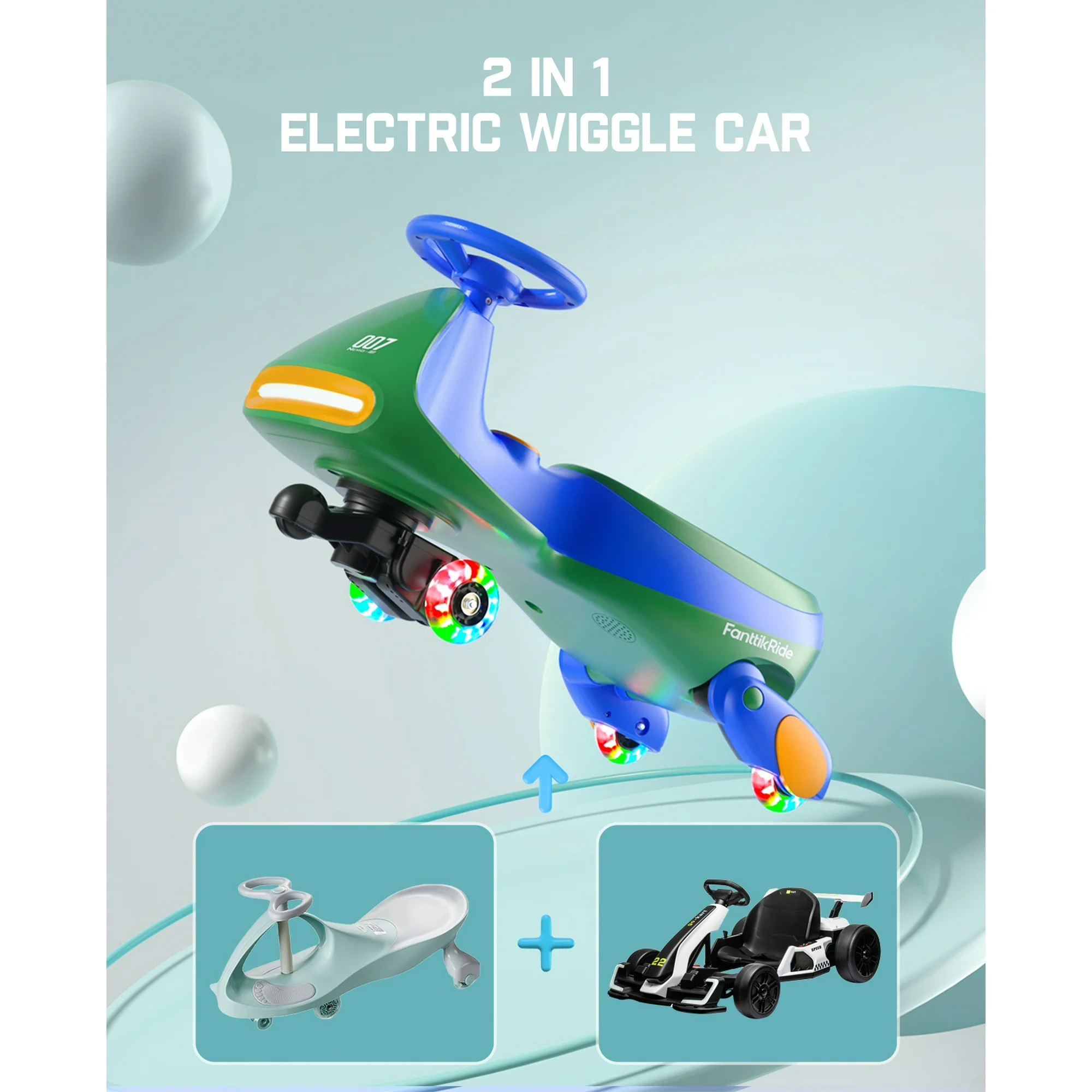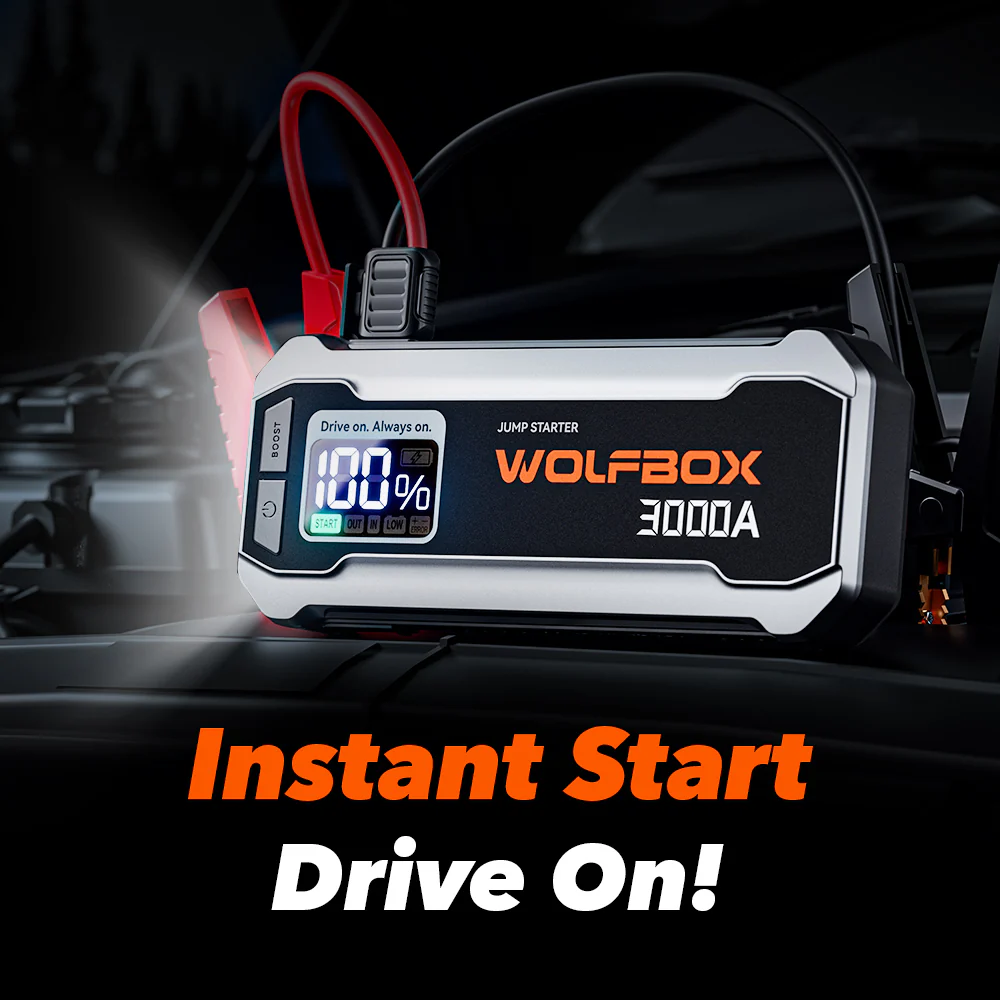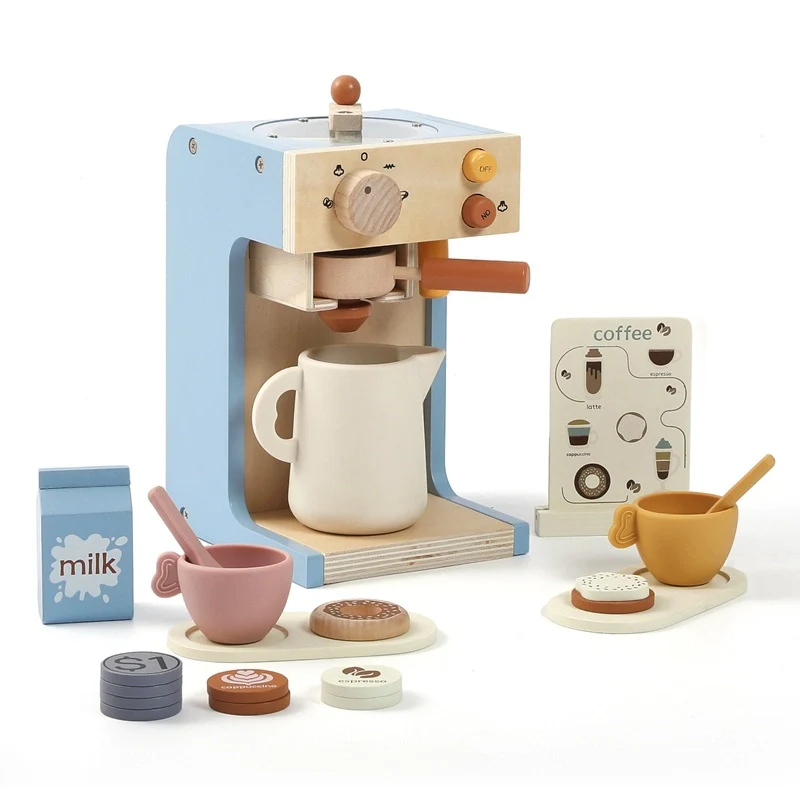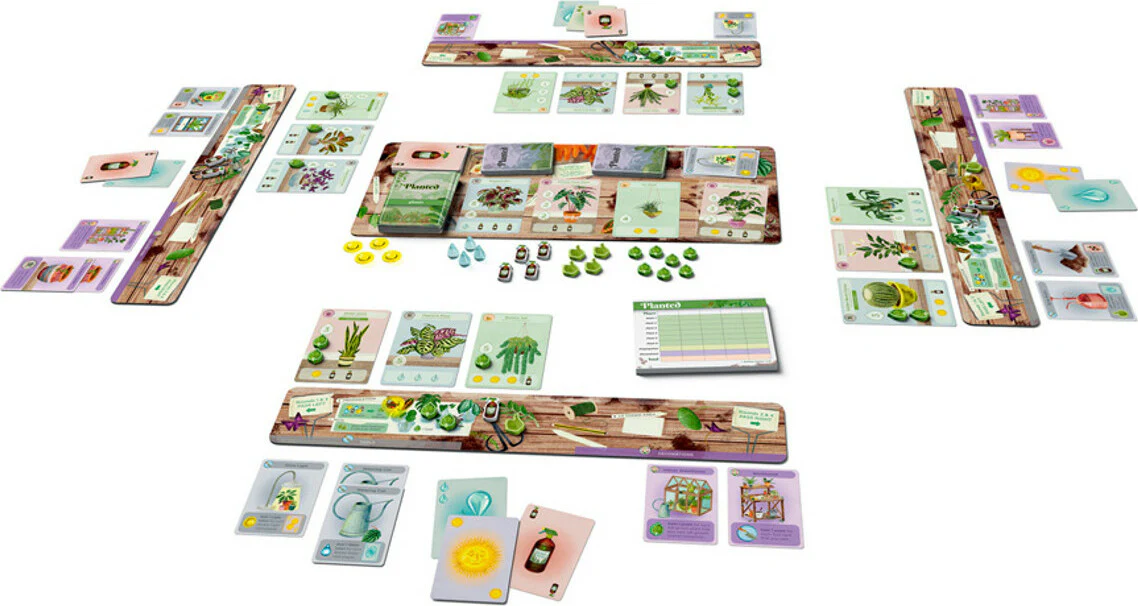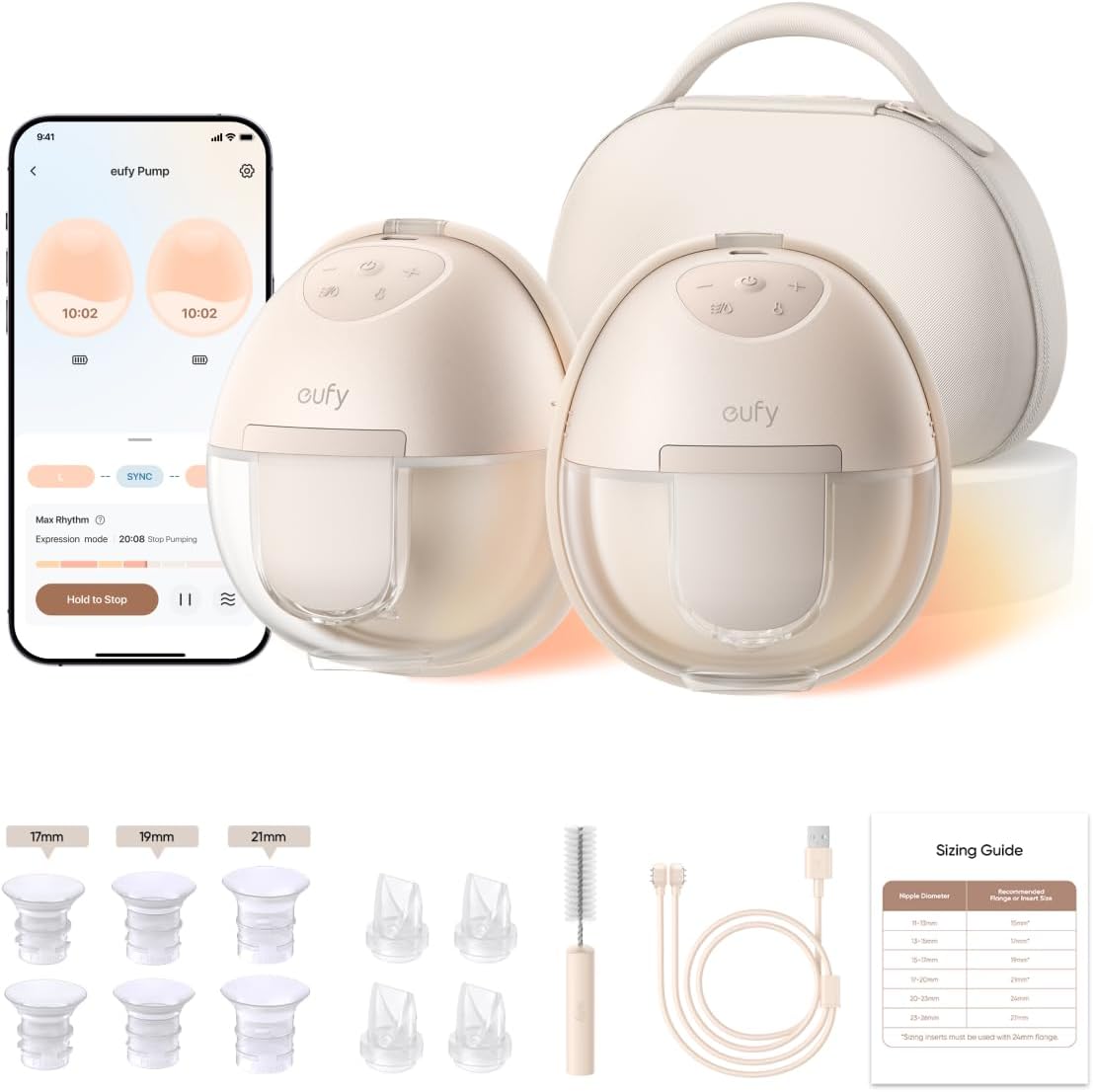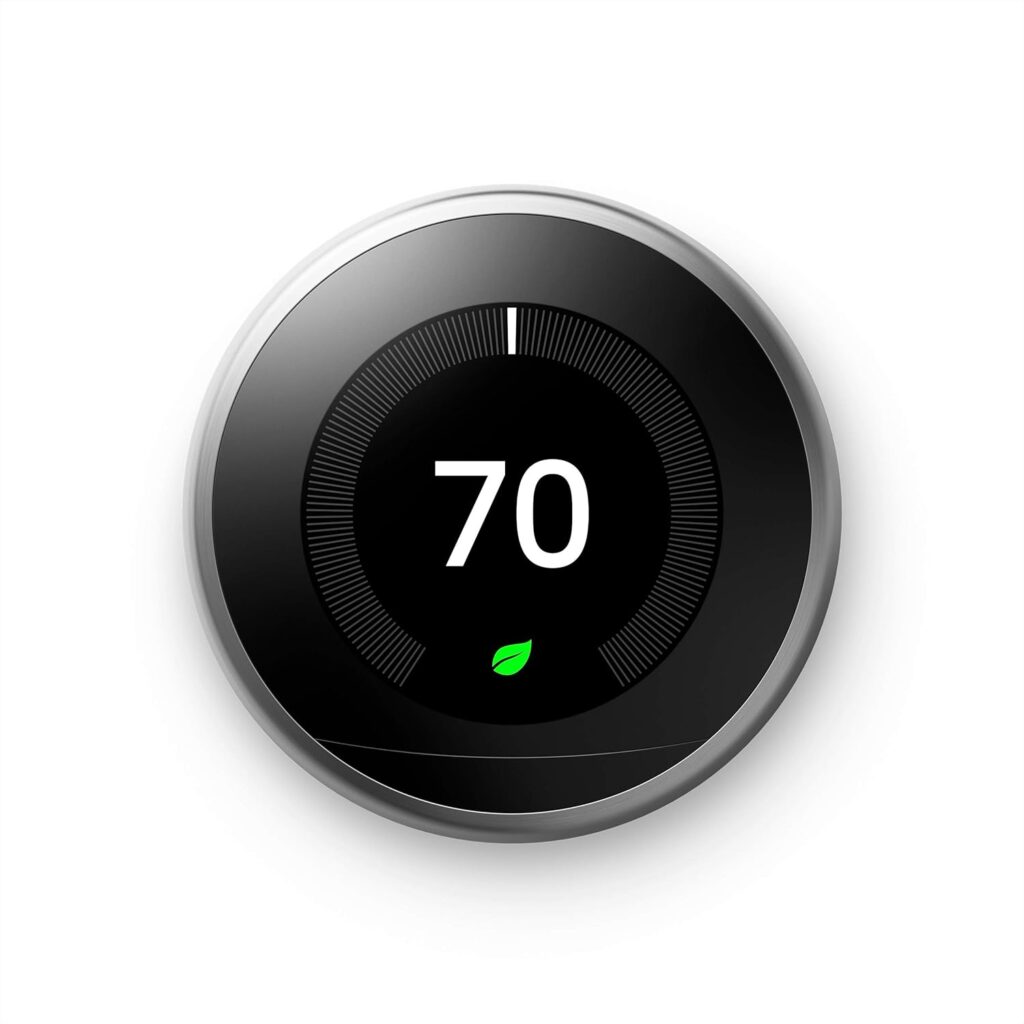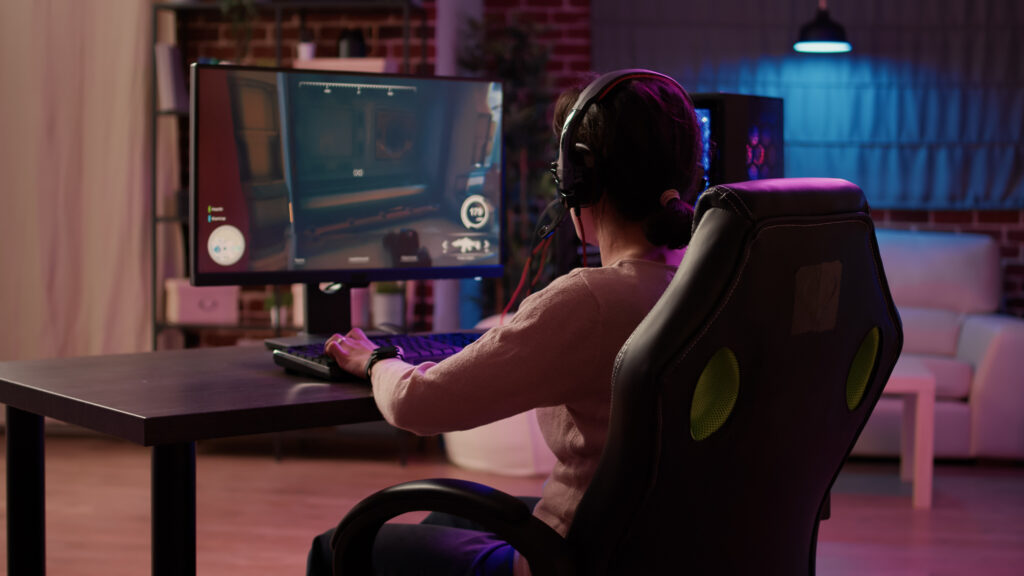There are toys that entertain for a weekend and toys that quietly become part of the family routine. A well-designed ride-on lives in the second category. It gets kids outdoors, engages their balance and coordination, and gives them just enough independence to build confidence—while you stay in control with sensible settings and rules. The FanttikRide 6V N7 Classic Electric Wiggle Car with Pedal lands squarely in that sweet spot: low-to-the-ground stability, a simple 6V powertrain that’s friendly for beginners, and a classic silhouette kids love to climb on the moment they see it.
What “Electric Wiggle Car” Actually Means
Traditional wiggle cars move when kids shift weight left and right through the steering column. The FanttikRide 6V N7 keeps that intuitive feeling but adds a compact electric assist through a 6-volt battery and pedal. In practice, that means children can cruise at a steady, parent-approved pace without constant scooting. The low platform keeps the center of gravity near the floor, so tip risk stays low while kids experiment with starting, stopping, and steering arcs on driveways or indoor play rooms. If you’ve used push bikes or balance bikes, you’ll recognize the developmental benefits: core engagement, spatial awareness, and the beginnings of traffic sense—learning to pause at the garage threshold, look both ways on the sidewalk, and share space.
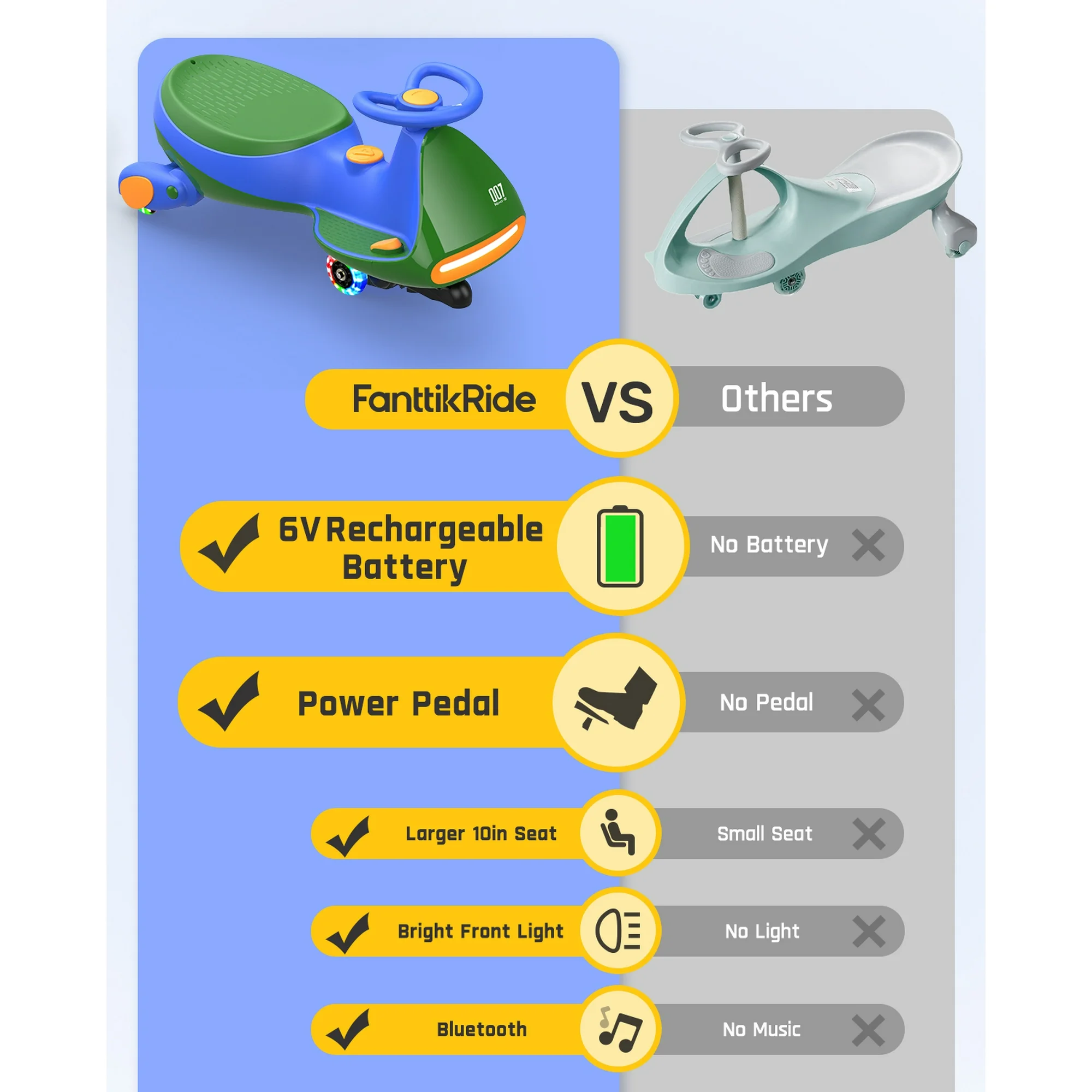
A Thoughtful First Ride-On for Ages 3+
Power can be intimidating for first-time riders; this is where 6V shines. It’s gentle enough for small spaces and family sidewalks, yet engaging enough that kids feel in control. The pedal actuation teaches a clean start/stop pattern: press to go, release to coast, brake with feet if needed on truly slow rolls. Parents appreciate the anti-rollover stance—wider than many plastic scooters—so misjudged turns tend to scrub speed rather than flip the toy. And because the FanttikRide 6V N7 sits low, even an overexcited dismount usually ends with a quick hop and laugh rather than a topple.
Assembly That Doesn’t Eat Your Saturday
The first experience you’ll have with any ride-on is the box. Plan for a single, unrushed session. Lay out parts on a towel, skim the manual end to end once, then follow step-by-step. You’ll attach the steering column, seat, and wheels, and you’ll route the battery connector before final panels go on. A hand driver with a good bit set is friendlier than power tools—plastic can strip when over-torqued. Once assembled, run a mini shakedown: press the pedal without a child aboard to confirm wheel rotation and listen for consistent motor hum. Check that the steering turns lock-to-lock without rubbing. After the first ride, recheck fasteners; plastic settles, and a quick snug keeps everything silent and solid.
Safety: Rules That Kids Can Remember
You don’t need a long lecture; you need a repeatable script. Keep it to three sentences children can echo: helmet on every ride, feet stay on the deck, stop at the driveway line. That last rule is a game-changer—place a strip of painter’s tape or chalk as a “red line,” and practice stopping on it before any street or sidewalk transition. Choose flat, dry surfaces for the first week: garage floor, patio, gym floor, or cul-de-sac. Introduce gentle turns before weaving around cones. Save slopes for later and stay away from curbs until your child can start, steer, stop, and dismount without reminders. If siblings are riding, create a one-at-a-time lane or a simple oval track with chalk arrows to prevent head-on enthusiasm.
Indoor vs. Outdoor: How to Set Each Space Up for Success
Inside, clear a runway. Rugs are fine, but thick shags eat momentum. Hard floors feel fast; consider socks with grips and set “no full-speed sprints” as a house rule. If the model’s wheels light up, dim the lights for a “night cruise”—it turns a rainy afternoon into a novelty ride. Outdoors, pick a loop that ends where it starts: around the car in the driveway, a rectangle across the patio, or a chalk oval. Add two “parking spots” for friends to queue and one “charging station” square where kids pause to “refuel,” which doubles as a calm-down corner when excitement spikes.
The Learning Curve You’ll Actually See
The first rides look like wobbly ovals with late turns. By day three, kids begin carving smoother arcs and anticipating space, which is where coordination perks burst: midline crossing as they steer, vestibular input as they sway, and bilateral footwork when they practice pushing off, then swapping to pedal control. With gentle reminders, they add “traffic rules”—stopping on lines, yielding to people and pets, and choosing safe speeds for corners. You’ll also see social growth as kids invite siblings for “laps,” trade turns, and negotiate who stands at the chalk “pit lane” while someone else rides.
Battery Basics: Make Power Last and Problems Rare
Treat the 6V battery like a phone you actually depend on. First charge to full before the inaugural ride; it conditions expectations—kids learn that power is a resource. Typical play patterns work best when you top up after sessions rather than running the battery into the ground. Warm garages beat cold sheds; extreme temperatures shorten run-time and battery life. If the car lives outdoors, bring the battery inside during heat waves or freezes. When the ride feels sluggish, end the session gracefully—“Let’s park at the charging station”—and plug in. Occasional full cycles are fine, but habitual deep drains make motors and batteries grumpy sooner.
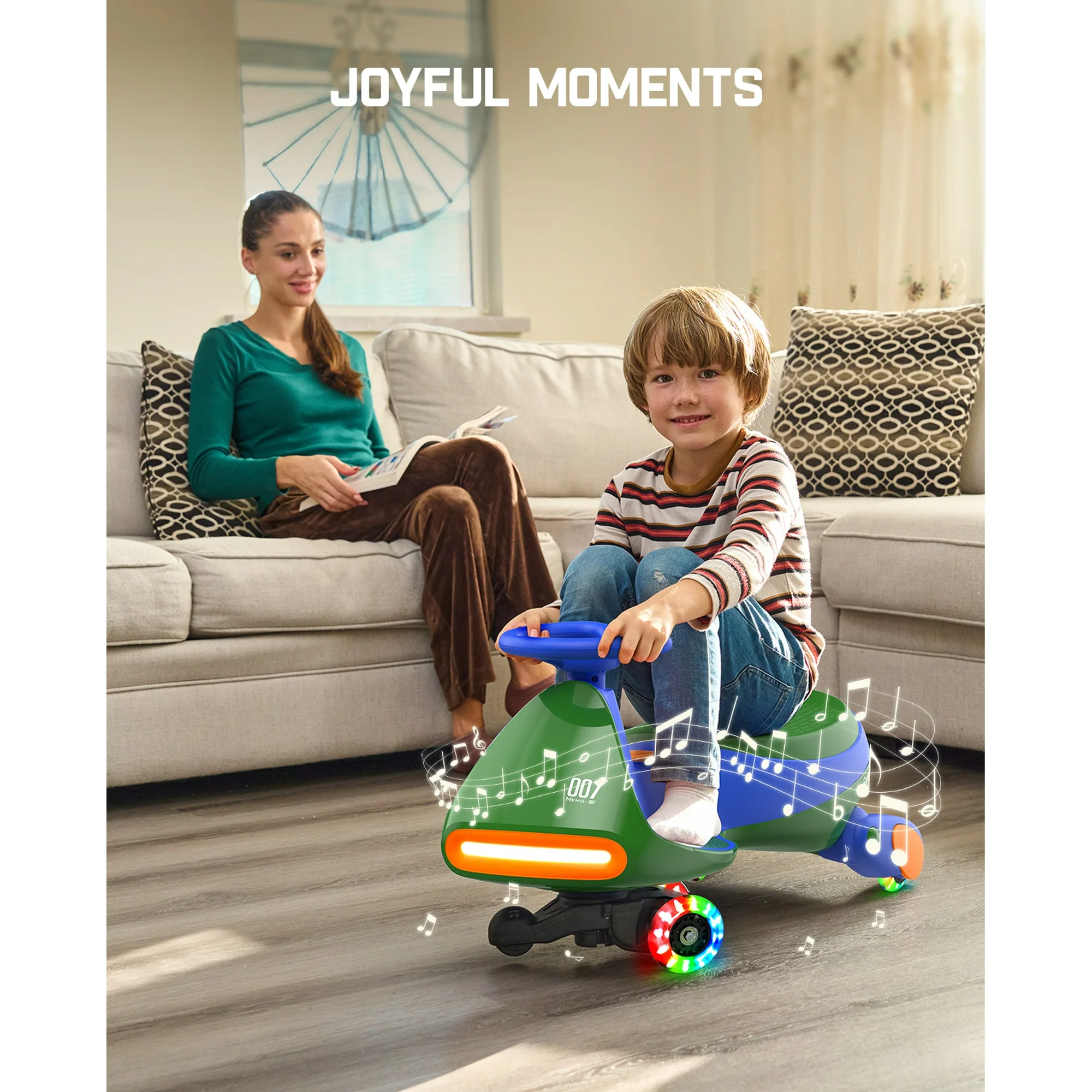
Maintenance That Takes Minutes
Dust and grit are the enemies of quiet wheels. Wipe the deck and wheels with a damp cloth after driveway days; grit acts like sandpaper on bearings and floor finishes. Check axle caps and screws weekly for the first month, then monthly; vibration loosens everything kids love. A dab of silicone-safe spray on the steering pivot (applied to a cloth first, never near the motor housing) keeps the turn smooth without attracting dust. If the model includes Bluetooth audio, keep the volume moderate—tiny speakers distort when maxed, and kids ride longer when the soundtrack sounds clean.
Play Ideas That Don’t Need Extra Gear
The best ride-on games are simple and open-ended. Create a letter hunt by chalking big A, B, C around the patio and calling out which one to “deliver the mail” to. Set up a grocery lane by lining stuffed fruits along a curb and “purchasing” them with play money, one lap per item, which stretches rides into a casual cardio session without ever using the word exercise. For storytelling, the FanttikRide 6V N7 becomes a delivery truck, a safari jeep, or a parade float with a paper flag taped to the back—children narrate their route, and you prompt with “Where to next?” rather than “Don’t go there,” which keeps momentum collaborative.
What to Wear and When to Pause
Closed-toe shoes trump sandals; the deck sits low, and toes meet driveways more than you think. On cool days, gloves with grips turn long rides into cozy adventures; on hot days, a quick sunscreen and water stop every few laps keeps crankiness away. Watch for the classic signs of “one lap too many”—aimless weaving, slower reaction at the red line, shoes scraping as they drag heels. Those are your cues to pivot into a new game or call a pit stop. The car is more fun when the last lap still feels victorious.
For Homes with More Than One Rider
If siblings are close in age, designate lanes with chalk and introduce a fixed lap count per turn. Younger riders often prefer smaller circles; older ones will volunteer to “coach” from the pit lane. If there’s a size mismatch, create roles: the big kid becomes a traffic marshal with a homemade flag, or the map maker who draws the next course while the younger one rides. You’ll reduce conflict by giving each child visible responsibility rather than idle waiting.
When Space Is Tight
Not every home has a driveway or yard, and that’s okay. A hallway can be a runway; a living room becomes an L-shaped course if you move a coffee table six inches. The FanttikRide 6V N7 is compact enough to pivot in tight quarters when speeds stay sensible. For apartments, set “quiet hours” and choose timing around downstairs neighbors. Foldable foam tiles protect floors and add traction; they also make “islands” and “bridges” in story rides.
End-of-Day Reset
Post-ride, make cleanup part of the game. Park in the same “garage” spot, wipe the wheels together, plug in the charger, and do a two-sentence ride recap: “Best turn was the big curve; tomorrow we’ll try the letter hunt.” This ritual turns responsibility into routine and gives kids closure—no more tears when rides end abruptly. If you keep a small bin by the charger for helmet and gloves, everything’s ready for the next outing without a scramble.
Why This Ride-On Has Staying Power
Parents look for toys that justify their footprint. The FanttikRide 6V N7 Classic Electric Wiggle Car with Pedal covers more than entertainment: it supports motor planning, balance, early rule-following, sharing, and even geography when you add chalk maps and “deliveries.” It scales with skill—first with slow, straight lines, then smooth S-curves, then courses with stops and turns. Because the platform is stable and the speed gentle, kids can ride for months without aging out on day one. You’re not buying a novelty; you’re buying a routine in a box.
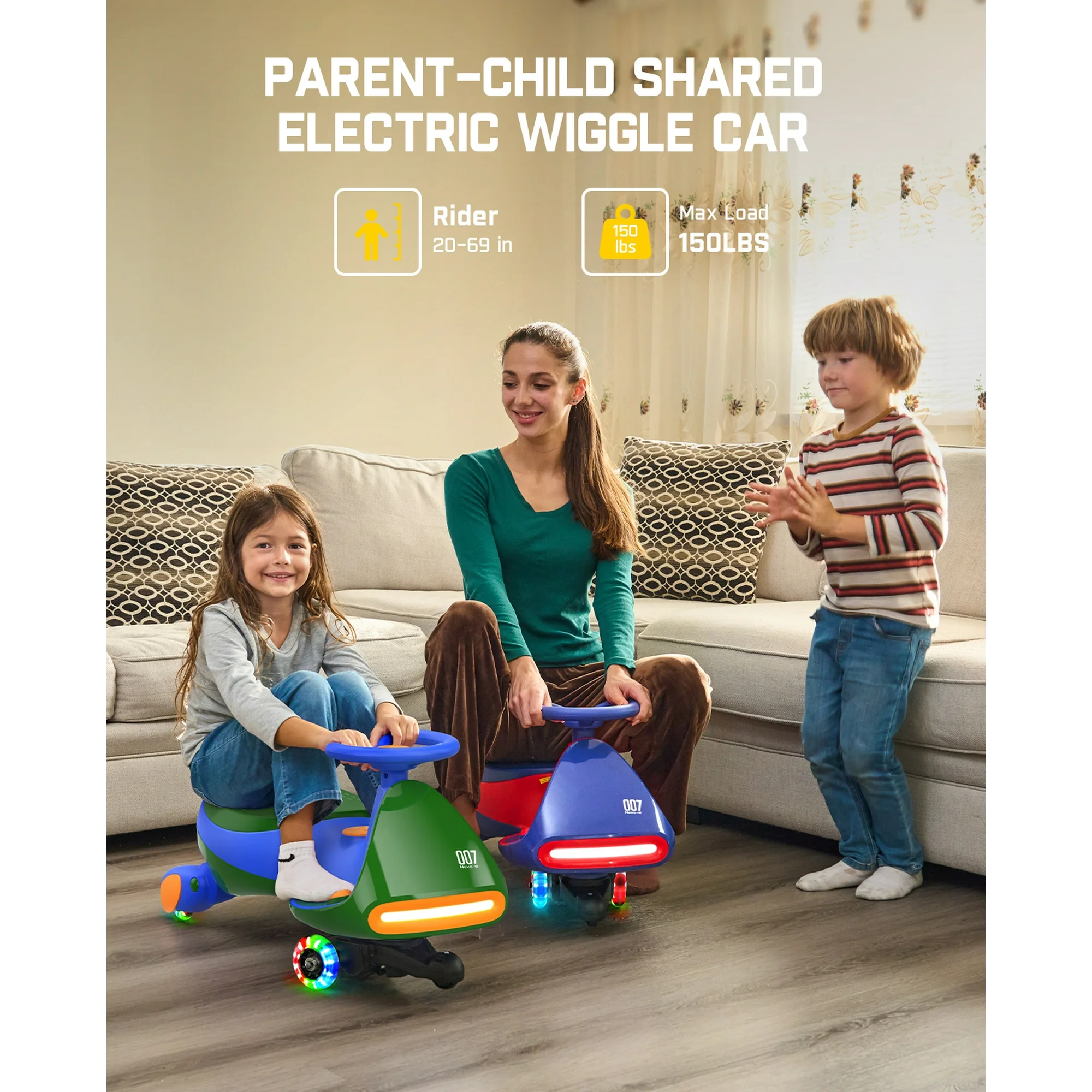
Conclusion
A great ride-on should be simple to start, satisfying to master, and safe to love. The FanttikRide 6V N7 Classic Electric Wiggle Car with Pedal checks those boxes with a low, stable stance, a friendly 6V power system, and a design that invites play without demanding a huge setup. Build your course, repeat your three safety rules, keep the battery topped and the wheels clean, and let the laps become your family’s new rhythm. It’s the kind of toy that turns free time into fresh air and shared stories—one smooth turn at a time.
FAQ
- What age is this best for?
Designed with preschoolers in mind—generally ages 3+—thanks to the low deck, gentle 6V assist, and easy start/stop pedal control. Always match the rider’s size and coordination, not only their birthday. - Is a helmet necessary?
Yes. Even at slow speeds, a properly fitted helmet and closed-toe shoes make a big difference. Keep the rule universal and kids won’t argue it. - How long does the battery last?
Run-time depends on surface, weight, and start/stop habits. Expect shorter sessions on rough concrete and longer on smooth floors. Topping up after play preserves battery health. - Can it be used indoors?
It can, with clear paths and gentle speeds. Remove obstacles, respect neighbors, and consider floor-protecting tiles for high-traction starts. - What maintenance is needed?
Wipe wheels and deck, check fasteners periodically, keep the battery charged, and store in temperate spaces. A quick weekly once-over keeps rides quiet and reliable. - How do I introduce rules without killing the fun?
Use a simple, repeatable script: helmet on, feet on deck, stop at the line. Practice each rule as a game before full-speed sessions. - We have two kids—will they fight over it?
Set a lap count or timer per turn and create roles for the waiting child—flag marshal, map maker, or pit-crew helper—so everyone stays involved. - What surfaces work best?
Smooth concrete, asphalt, wood, or tile are ideal. Gravel and thick grass sap power and shorten sessions; save them for push-only play.

